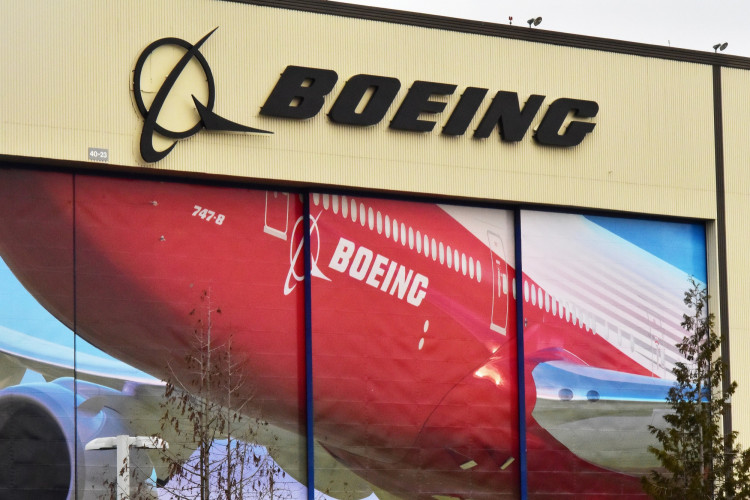Boeing is grappling with the aftermath of a 53-day machinist strike that disrupted production across its key aircraft programs, with over 32,000 union workers now set to return to factories by November 12. While the machinists have approved a new contract that includes a 38% pay raise over four years, the company warns that getting production back to full speed will take weeks.
"It's much harder to turn this on than it is to turn it off," CEO Kelly Ortberg emphasized during Boeing's recent quarterly earnings call. The immediate focus is on reassessing safety measures, reestablishing machinist duties, and ensuring that all required training is current, a company spokesperson said. Boeing is resuming production in Washington and Oregon for the 737 Max, 767, and 777 lines, while 787 Dreamliner production in its nonunion South Carolina facility continued throughout the strike.
The strike had a clear impact on Boeing's October performance, with the company delivering just 14 aircraft-the lowest monthly total since November 2020. Nine of these were 737 Max jets. Despite the disruption, Boeing managed to secure 63 new orders, including 40 737 Max 8 jets for Avia Solutions Group. Deliveries were handled by non-striking workers to maintain some level of output.
Compounding its operational challenges, Boeing is preparing to reduce its global workforce by about 10%, or roughly 17,000 jobs. The planned layoffs are part of a cost-cutting initiative that analysts say is crucial for the company's long-term health. "Boeing is bloated and needs to lose some weight-and these cuts will be tough but necessary," said aviation analyst Scott Hamilton. He noted that the company's debt load, estimated at around $50 billion, leaves limited room for maneuvering.
The return of striking workers is met with a mix of relief and concern. James Winston, a machinist who voted to accept the new contract, spoke candidly about the stakes. "We have a lot of new guys that they hired on before the strike happened, they dangled the $12,000 carrot... $12,000 is nothing to sneeze at, especially if you might be up on the chopping block first," Winston said, referring to a signing bonus offered to newer employees.
Hamilton suggested that frontline workers essential to completing aircraft may be less vulnerable to layoffs. "Boeing's cuts will be relatively deep, but who will get cut remains to be seen," he remarked, speculating that white-collar positions may bear more of the brunt. The aim, according to Hamilton, is to make Boeing leaner and better equipped to compete with rival Airbus. "Boeing has to become a leaner, more competitive company... It will take Boeing a decade to fully recover to its pre-Max grounding level," he said.
Boeing's nonunion production of the 787 Dreamliner in South Carolina allowed it to fulfill 10 deliveries to LATAM Airlines in October, providing some continuity amidst the broader disruption. The strike's impact highlights the challenges Boeing faces, from supply chain issues to the lingering effects of the 737 Max grounding and the COVID-19 pandemic.
The future of Boeing's recovery also hinges on broader economic and geopolitical factors, including potential tariff policies under President-elect Donald Trump. Boeing has been diversifying its supply chain, relying on materials from North America and other regions. "We've been focused on diversifying sourcing for years, and we'll continue to assess sourcing decisions going forward," a company spokesperson said.






